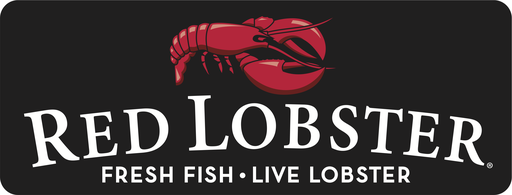On Monday, May 20th, Red Lobster, America’s largest seafood restaurant chain, filed for Chapter 11 bankruptcy following a series of financial missteps and strategic errors. The filing comes after the chain closed dozens of locations abruptly last week, leaving 87 stores listed as “temporarily closed” across 27 states. The bankruptcy aims to drive operational improvements, reduce locations, and sell substantially all of its assets.
Red Lobster, known for its shrimp dishes and Cheddar Bay biscuits, has faced numerous challenges in recent years. The chain’s troubles include a difficult macroeconomic environment, increased competition, and a series of failed strategic initiatives. Jonathan Tibus, the current CEO and a corporate restructuring expert, highlighted these issues in court documents. The chain plans to reject 108 leases as part of the bankruptcy proceedings, allowing it to abandon underperforming locations.
The seafood chain’s financial woes were exacerbated by the COVID-19 pandemic, rising food and labor costs, and a series of ill-advised promotions. One such promotion, the “Ultimate Endless Shrimp” deal, led to significant losses. Initially priced at $20, the promotion aimed to attract more customers but resulted in an $11 million loss in a single quarter due to high demand and low additional spending by customers.
Red Lobster has changed ownership several times in recent years. In 2014, Darden Restaurants sold the chain to Golden Gate Capital, a private equity firm, for $2.1 billion. In 2020, Thai Union Group, a seafood supplier, became the largest shareholder, owning 49% of the company. The bankruptcy filing largely blames the Thai Union company and former CEO Paul Kenny for the company’s financial decline.
Despite the bankruptcy, Red Lobster’s nearly 580 locations in the U.S. and Canada are expected to remain open during the restructuring process, employing around 36,000 workers. The chain has received a prearranged bid from its lenders, known as a “stalking horse” bid, to buy out the company unless a higher offer is made.
Tibus expressed optimism about the restructuring process. “This restructuring is the best path forward for Red Lobster. It allows us to address several financial and operational challenges and emerge stronger and re-focused on our growth,” Tibus said in a statement.
The abrupt closures and bankruptcy filing have left many employees and customers in limbo. The company is working with vendors to ensure restaurant operations continue smoothly during the Chapter 11 process. The restructuring aims to streamline the business and secure a more stable financial future for the iconic seafood chain.










